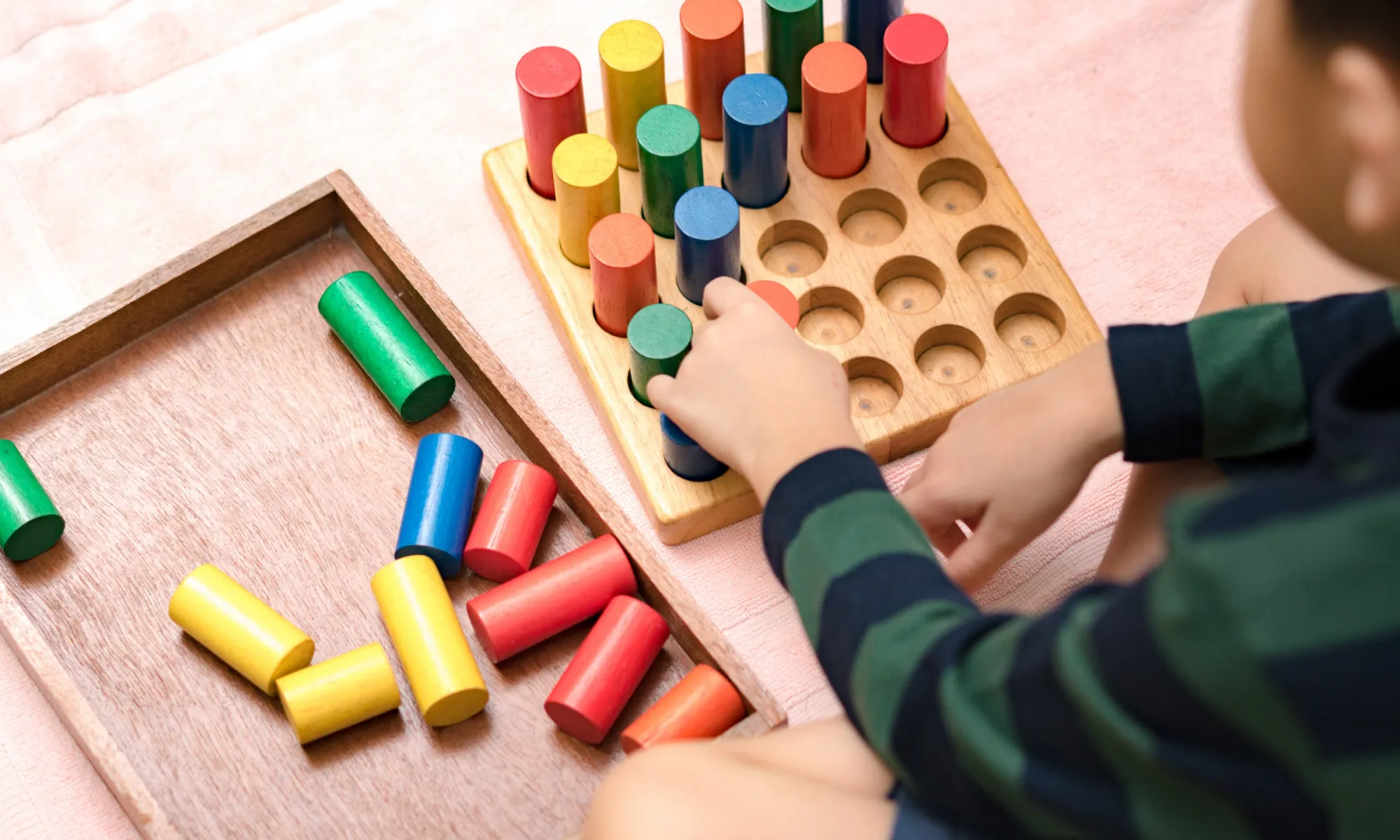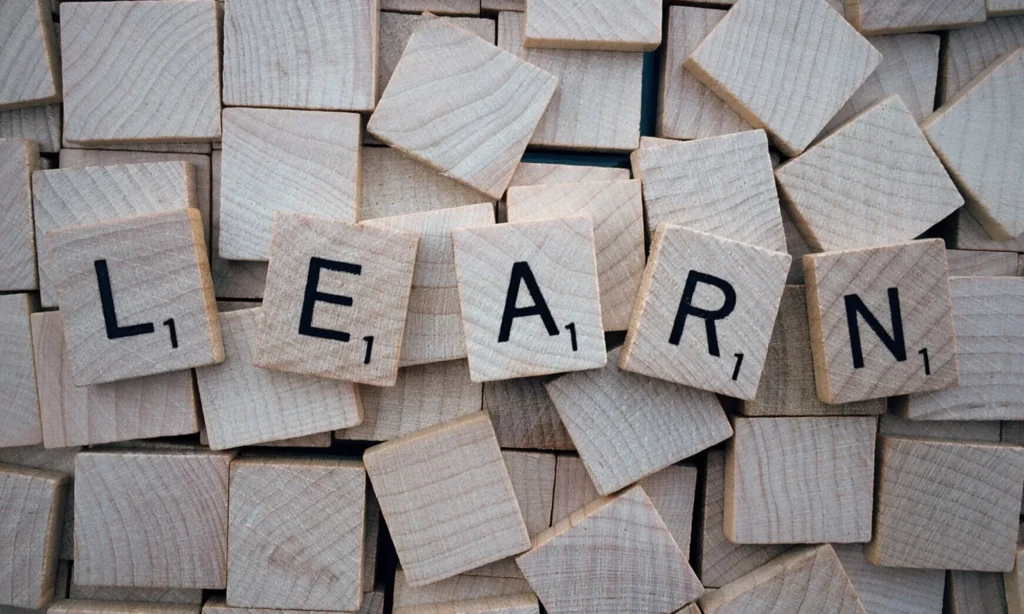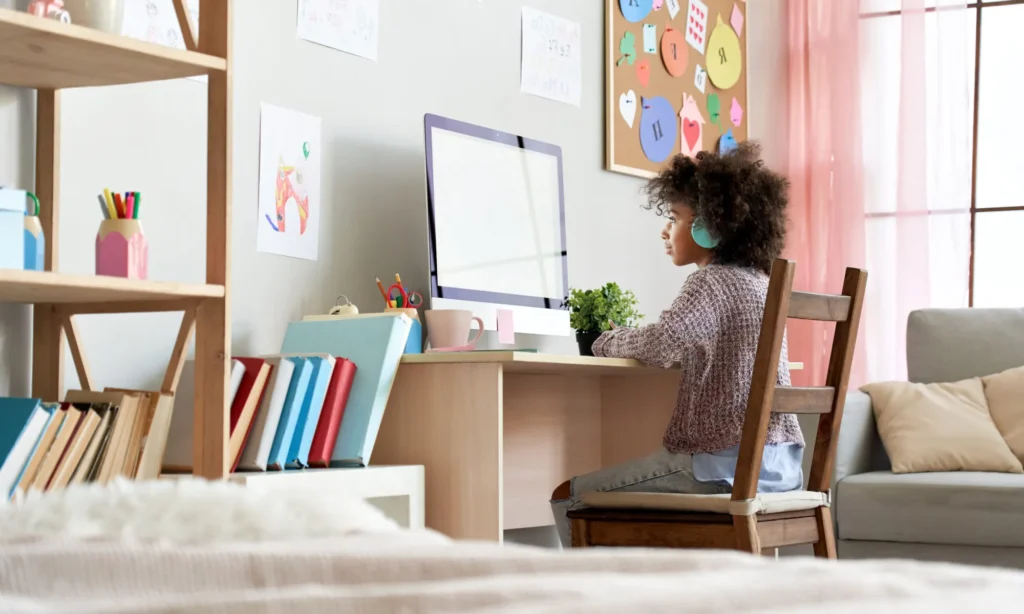- What is the Montessori Method?
- The Montessori method – how does it work?
- Principles used in the Montessori Method
If you are a parent, you have probably heard about the Montessori Method many times in relation to a kindergarten or a school for your child. The Montessori method is a topic that frequently comes up in lively discussions among parents. Signs informing about teaching the Montessori Method in a specific institution can be found even during everyday walks around the city.
No wonder, this method of learning is becoming more and more popular in United Kingdom and more and more parents decide to introduce the Montessori Method at home or send their children to kindergartens and schools, where the Montessori Method is commonly used. Before making such an important decision about choosing an education path for your child, it is worth learning a little more about the various options. That is why we introduce the Montessori Method.
Find out what exactly the Montessori Method is and who invented and propagated it. Learn about the learning methods used in Montessori teaching and see what other parents consider the advantages and disadvantages of this method. In addition, in order for your child to explore the world and learn English effectively, you can introduce the Montessori Method at home. Check how to do it!
What is the Montessori Method?
The Montessori method was first developed and applied by the Italian doctor Maria Montessori. Thanks to her careful observation of the child’s development from the point of view of a doctor and creating an original approach to teaching children, in which education is based on the scientific observation of children, it was possible to create a comprehensive curriculum called the Montessori Method.
Currently, the Montessori Method has been used for over 100 years in various countries around the world, including United Kingdom. Some critics of the method admit that some of its solutions are old-fashioned and incompatible with the education of the 21st century. However, the method’s promoters point to its universal elements that can be successfully used in modern times.

The essence of teaching with the Montessori Method is based on the claim that each child is different and should develop according to the individual development plans. These plans record the child’s personal abilities, competences and skills which enable the child to later learn more independently and effectively.
The Montessori method – how does it work?
According to Maria Montessori, pedagogy, especially in preschool and early school age, should be permeated with the spirit of love, humanitarianism and tolerance. The child always takes the most important place, and the basic form of learning is play and individual acquisition of various experiences by the child. The Montessori method allows for an orderly transition from play to learning and work elements and vice versa. This method is based on the child’s interests and stimulates child’s curiosity, as well as provides satisfaction. Experts agree that these elements lead the child to success in the future.
Moreover, in accordance with the principles advocated by Marta Montessori, upbringing should always take into account the natural laws of development, natural reactions and natural tendencies occurring in the behavior of all living creatures. In the Montessori Method, the emphasis is therefore placed on learning and mastering the reality surrounding a person through not only the intellect, but also emotions and instincts. The key point here is that if the upbringing is adapted to the natural development of the child, the child will feel the need to acquire knowledge on their own.
So what are Montessorian children like? They are focused on their tasks and striving for independence. They build faith in their own abilities and look at the world with confidence. Children learning the Montessori Method are responsible, have compassion for others, are willing to help and have a great need to get involved in social initiatives. They are full of patience and nothing is impossible for them. After all, Montessori children are children who know the values of respect and honor and are able to express them to one another. Such children are simply versatile and joyful!
Principles used in the Montessori Method
The Montessori Method is based on certain specific principles created by its founder. The pedagogical principles that must be followed while learning with the Montessori Method include:
- The principle of free choice – within the prepared environment, the children choose the subject of activities for themselves and set the pace and time of learning as well as the degree of difficulty. It is also up to the child to choose a possible work partner.
- The principle of free choice of material – all materials are always available in the room, and the children independently decide which material to work with.
- The principle of free choice of workplace – the children work wherever they decide and where the teacher’s reasonable limits and organizational possibilities allow it.
- The principle of free choice of working time – the decision about working time is left to the child.
- The principle of free choice of the form of work – the children independently choose the topic of work, work when they want to and work as long as this work is attractive and gives them pleasure.
- The principle of order – every item in the class has its place and is put back to the place where it was taken from.
- The principle of limitation – children cannot do what they want and are not partners of the teacher. All elements of the group’s life are subject to limitation.
- The principle of isolating difficulties – each object with which the child works is intended to work with only one specific concept. If children work on sizes, they do not deal with colors at the same time, because a different material has been created for that.
- The principle of transfer – information, competences, skills learned while working with the material are transferred by the child to the environment.
- The principle of own action and repetition – children develop in accordance with a program determined by they own interests, needs, intellectual and physical abilities. If a child needs to repeat activities, there is nothing wrong with that.
- The principle of self-control – children can independently determine whether a given job has been done well or badly, where a possible mistake has occurred and how to fix it.
Montessori Method at home
While teaching with the Montessori Method at home seems a tempting option, the implementation of all these assumptions in practice, at home, is quite difficult to carry out. Parents who have tried to teach their children with the Montessori Method indicate that this approach is very time consuming and exhausting.
Sometimes even the whole night can be spent on preparing specific materials for classes at home, and in the morning the child will suddenly become more fascinated by what is happening in the kitchen, will be distracted and will not want to use the prepared teaching aids. In Montessori kindergartens and schools, the child has certain rules that should be strictly followed. At home, it is much more difficult to discipline, and the restrictions introduced by the method are more difficult to implement.










































